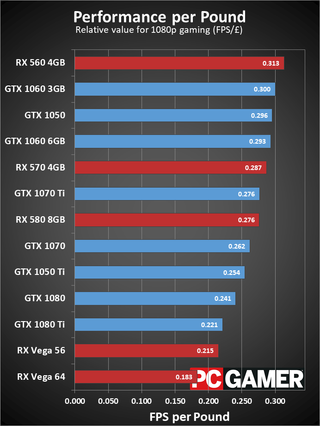
This allows for three times the transistors than the previous series. The smallest it ever got was on 16nm build, but that’s impressive from what started as 65 nm in 2008. GTX, or Giga Texel Shader eXtreme, was the architecture used before the new Ray-Tracing Texel Shader eXtreme took over. Here’s a list of the RTX cards available so far:

While the 1000 series of the GTX cards had brought forth the power needed to support VR, RTX added massively improved ray-tracing. These chipsets brought out new possibilities for 3D design in engineering and gaming. The series launched in 2018 with the 2060, 2070, and 2080 models. RTX is the modern Nvidia gaming performance graphics card. It is capable of gaming, but most 1650 cards have less memory than gaming-specific cards.

Keep in mind that the 16- series GTX cards are not the same performance as the GTX 1070 or GTX 1080 models. Here are a few of the cards you may see on the market still: NVidia has since moved on to focusing more on the improved RTX cards. Even 1080 has trouble keeping up with tasks RTX cards can handle with no issue. When comparing between GTX and RTX, any card before the 10- series or 16- series GTX doesn’t stand a chance. Though the GTX name continued, ten years of development lead to very powerful cards with more differences than similarities like the GTX 1080 Max-Q built on a 16nm architecture with a 1.29 GHz base clock performance, 1.47 GHz turbo boost, 2 MB cache, and 8 GB of memory.

The first card had a base clock rate of 576 MHz, 896 MB of memory, and was built on a 65 nm architecture. The lineup first launched in 2008 with the GTX 260.

Geforce GTX is a series of dedicated GPUs that were designed for desktop and laptop gaming. For Nvidia, the main series to choose from are Geforce GTX and Geforce RTX. Aside from the competition between Nvidia and AMD, there are a lot of options to choose from just within one company. Being a PC gamer or designer who needs a GPU can be a bit complicated.


 0 kommentar(er)
0 kommentar(er)
